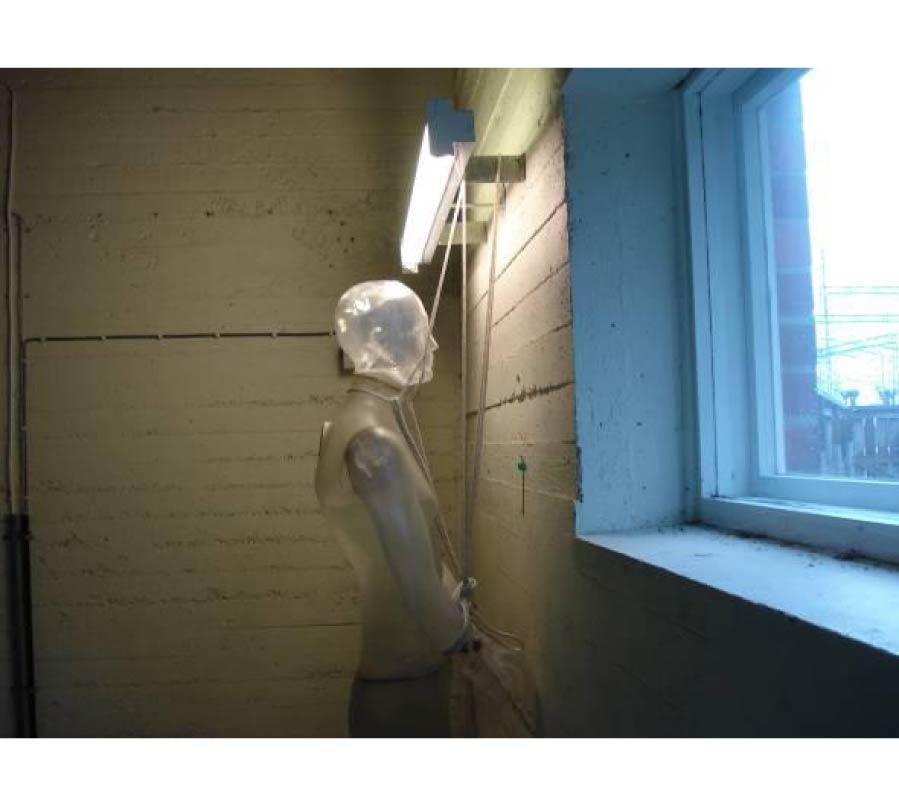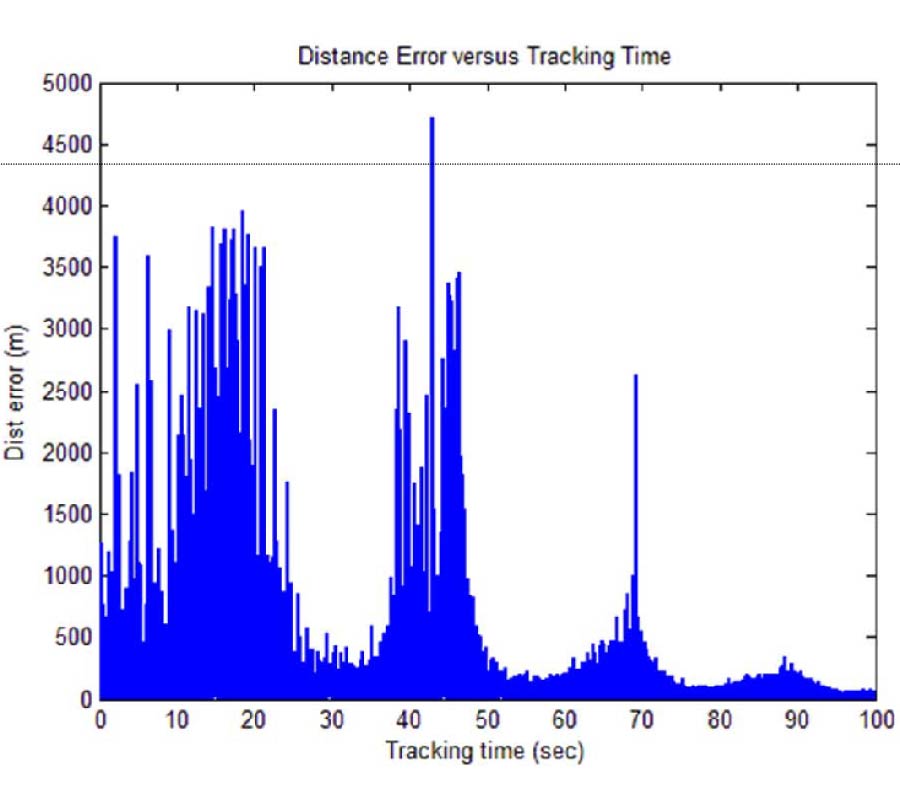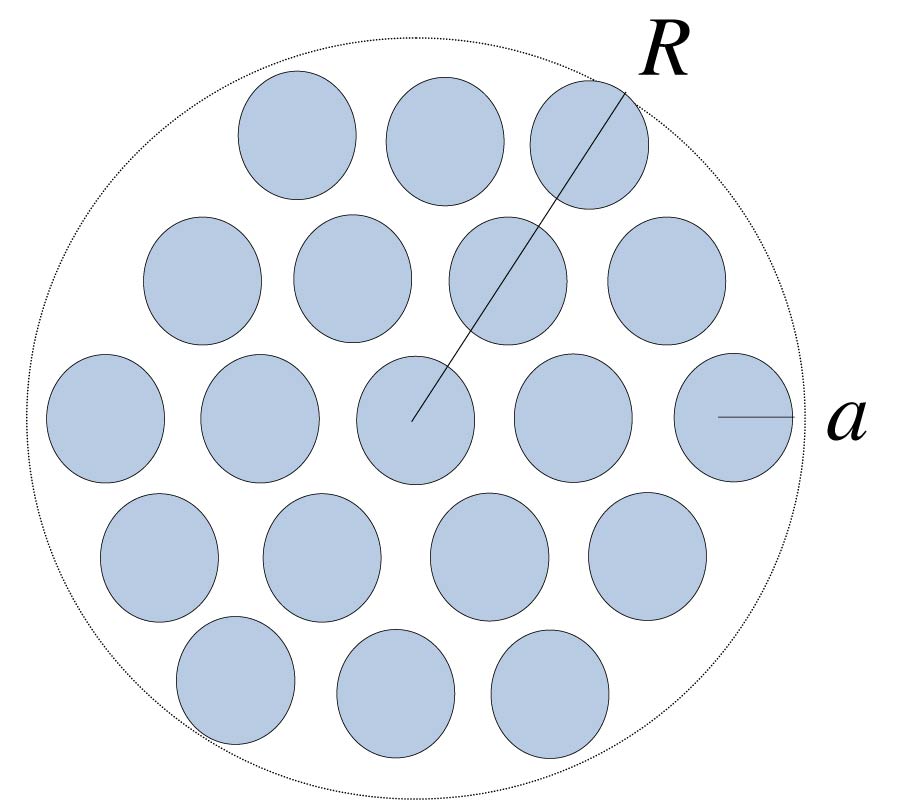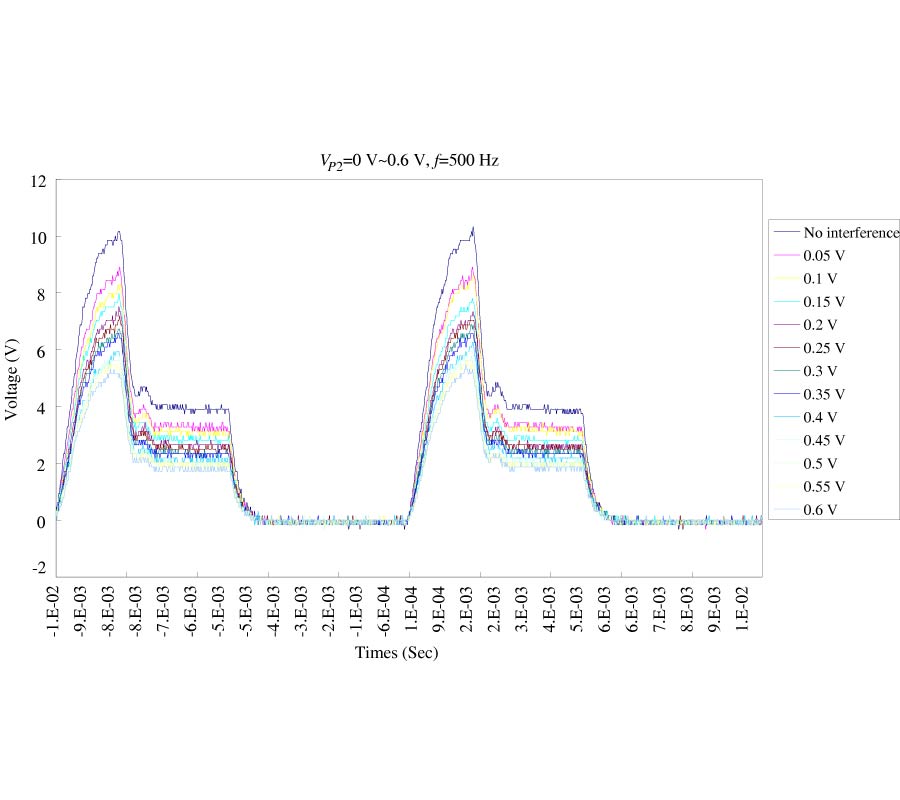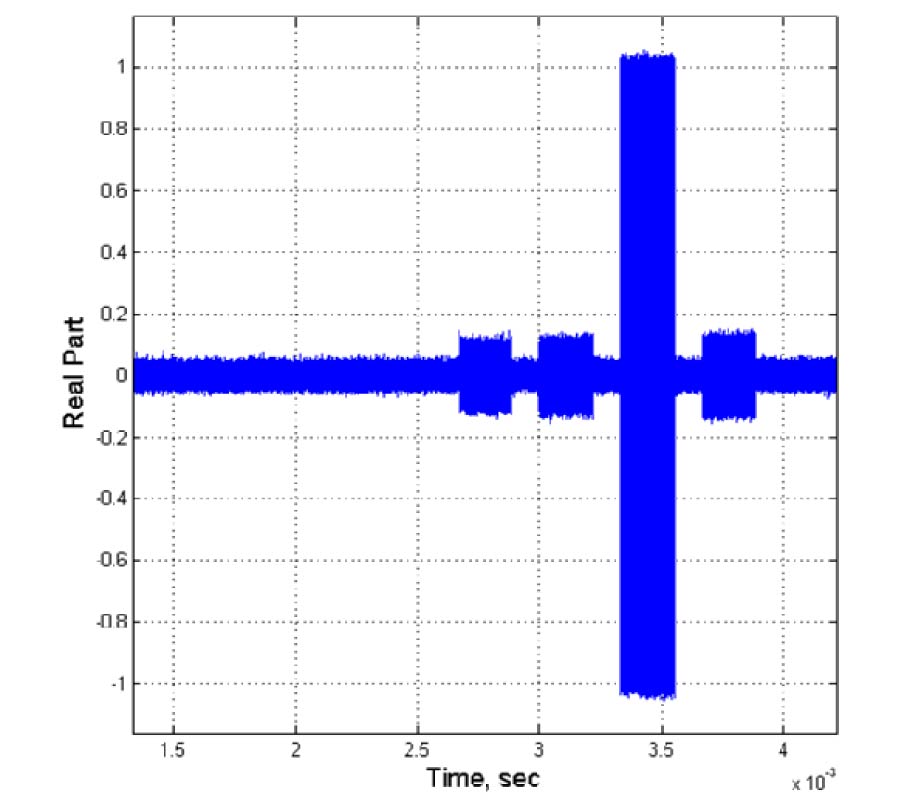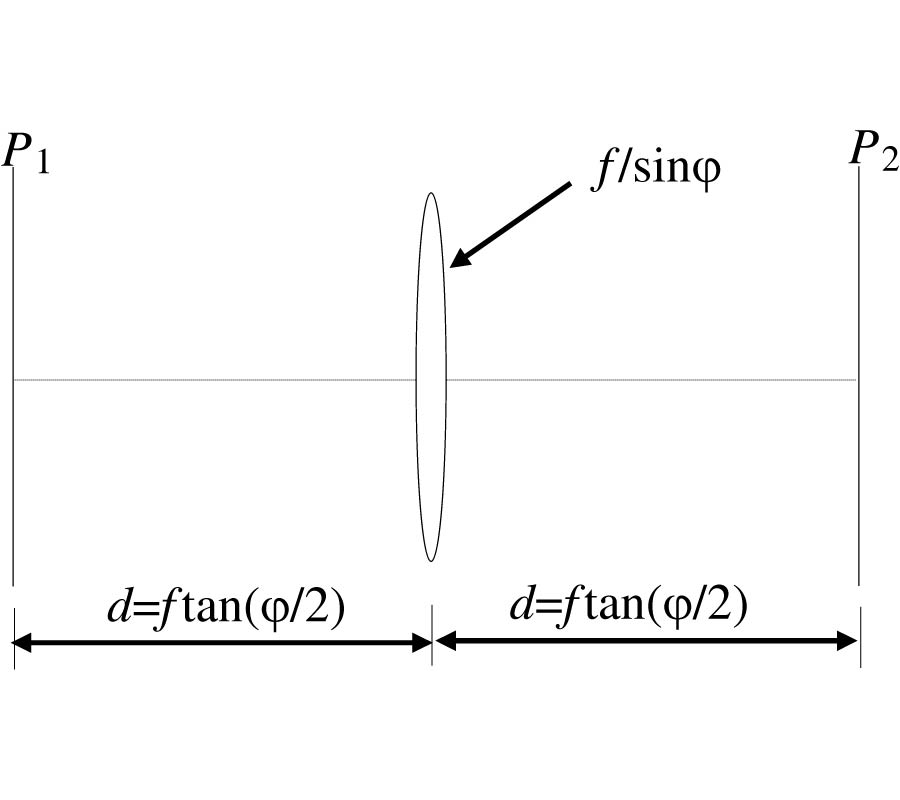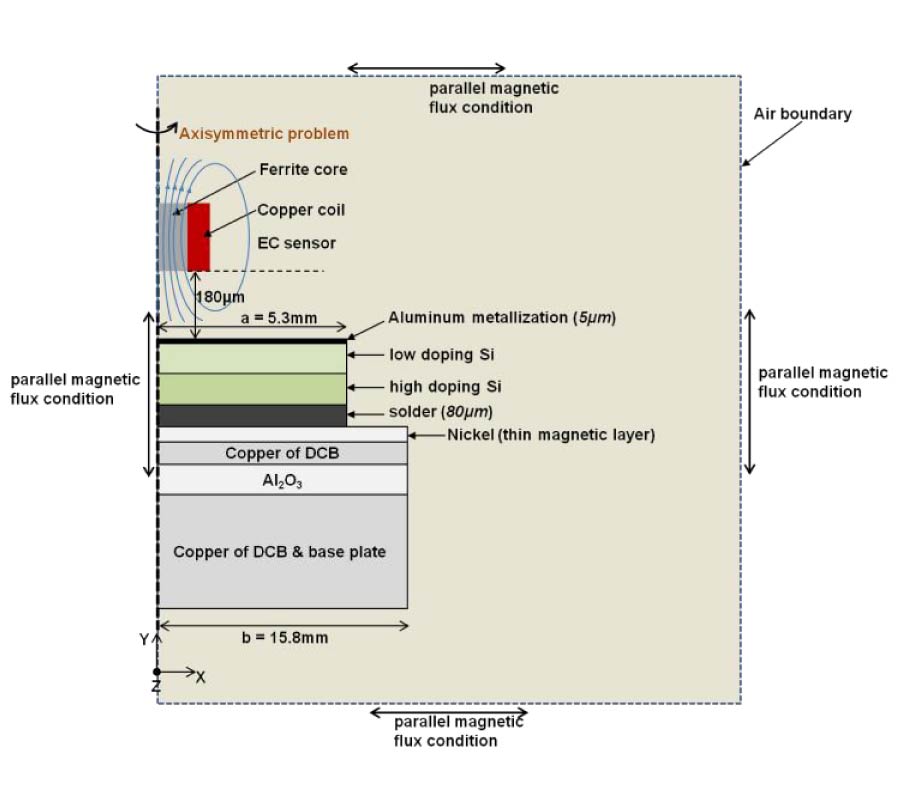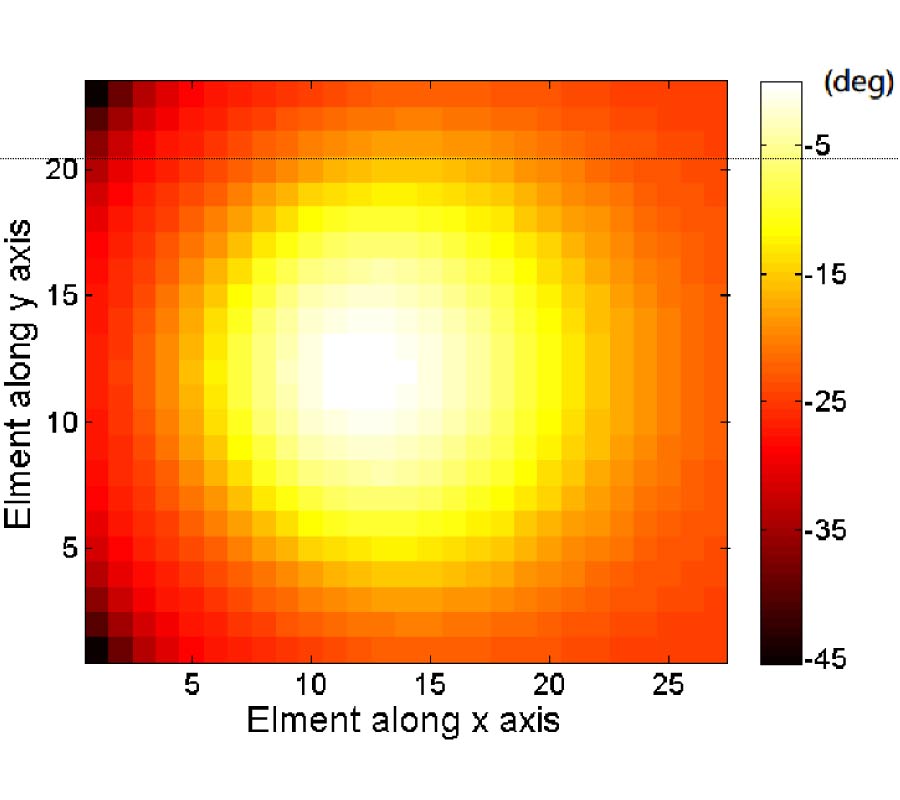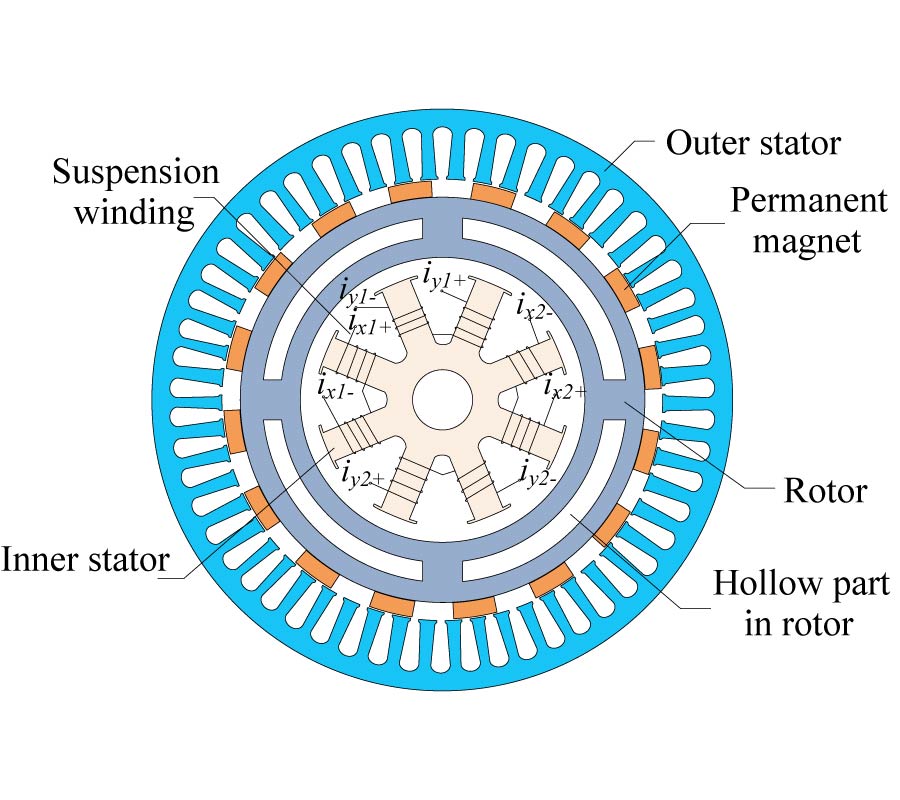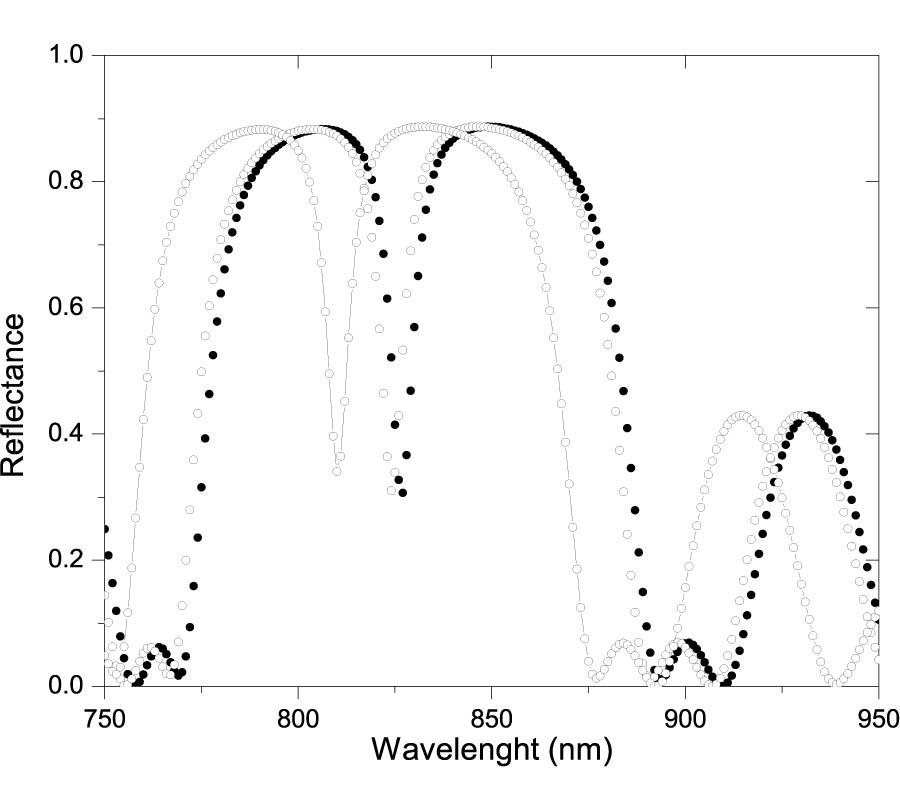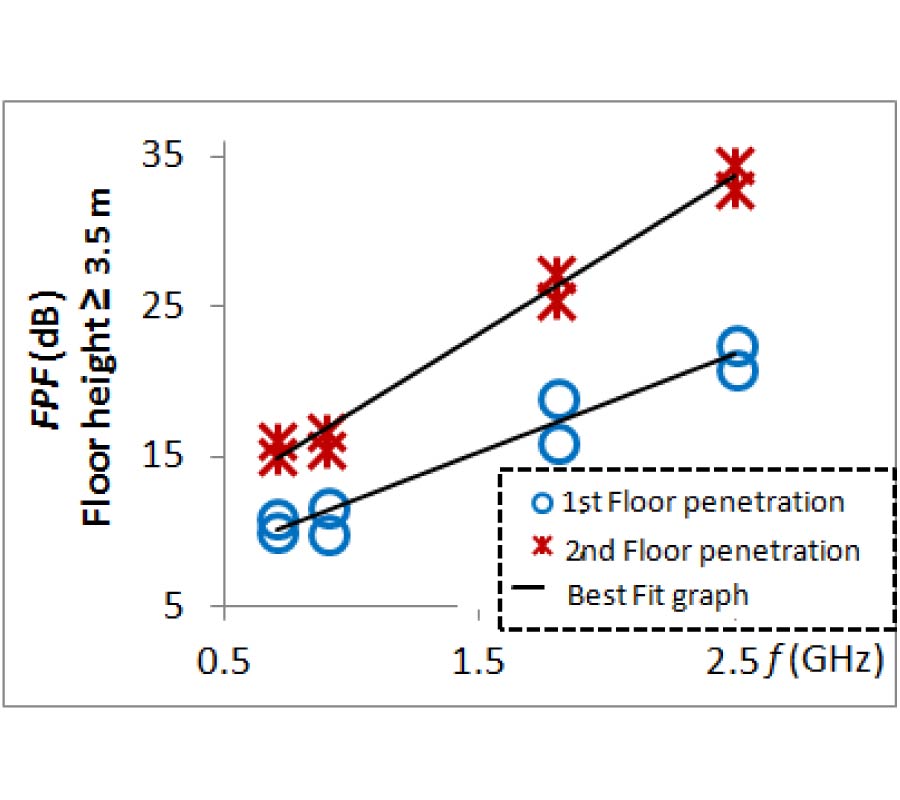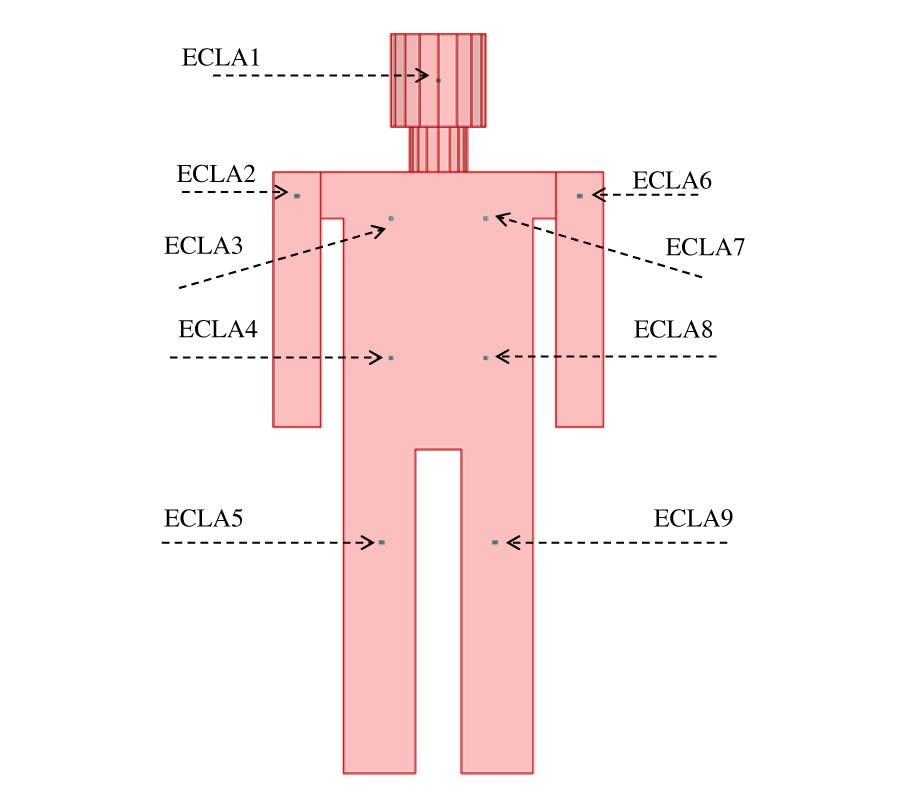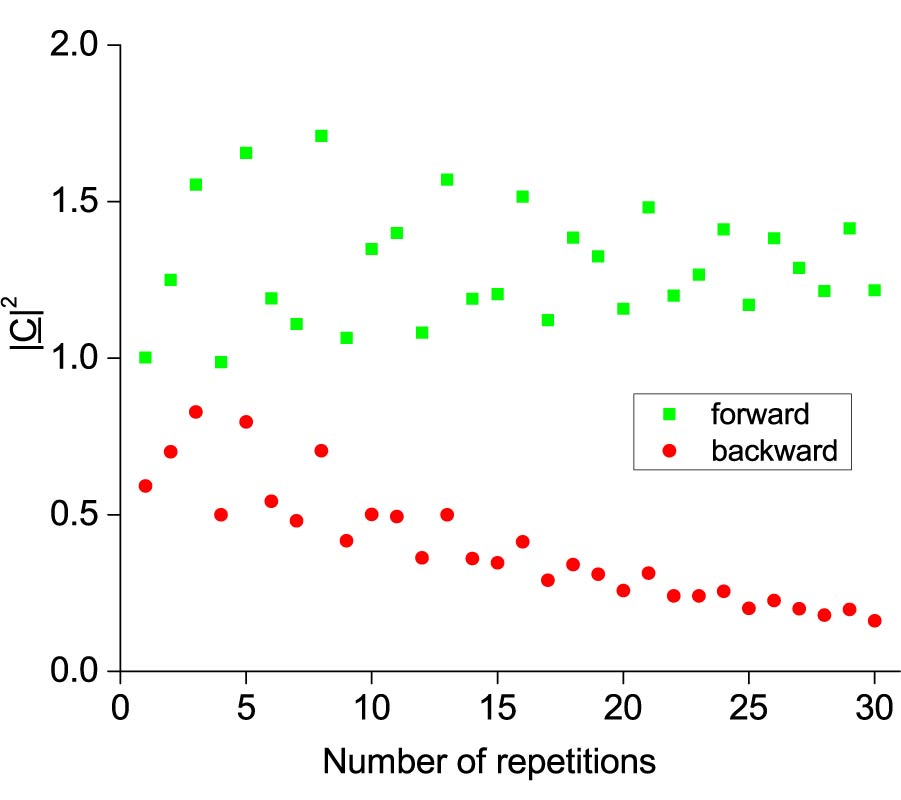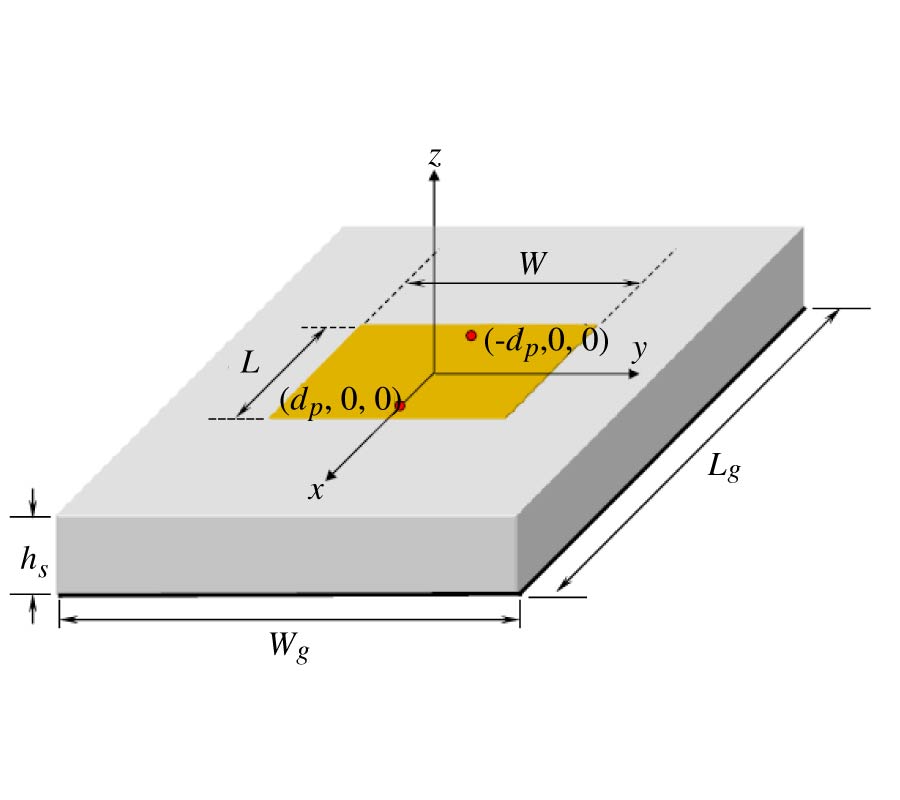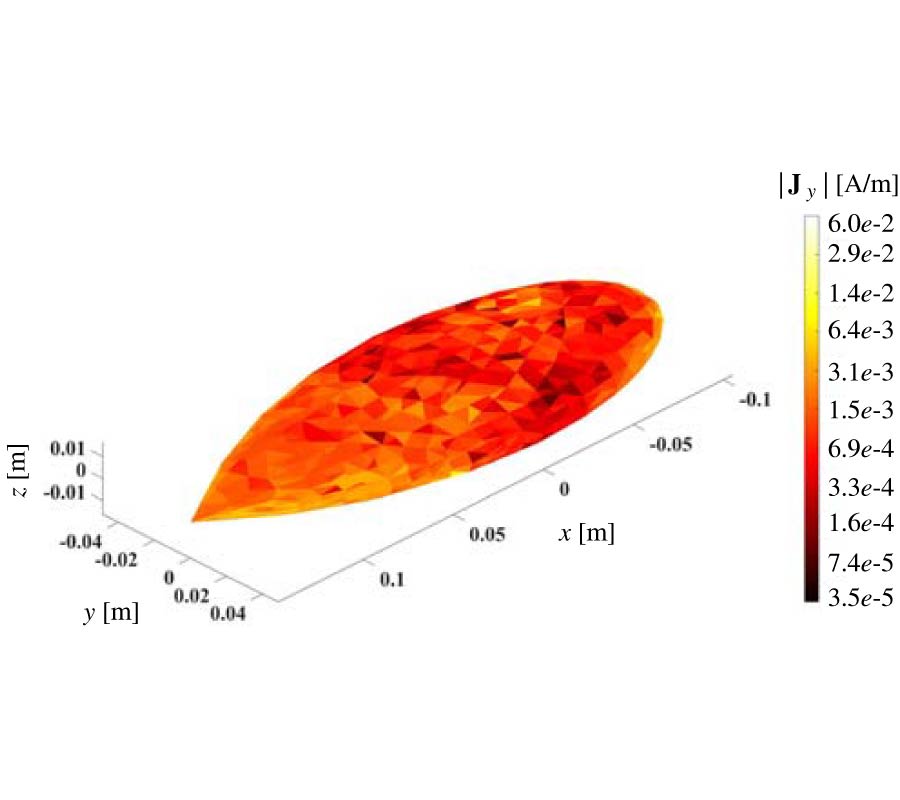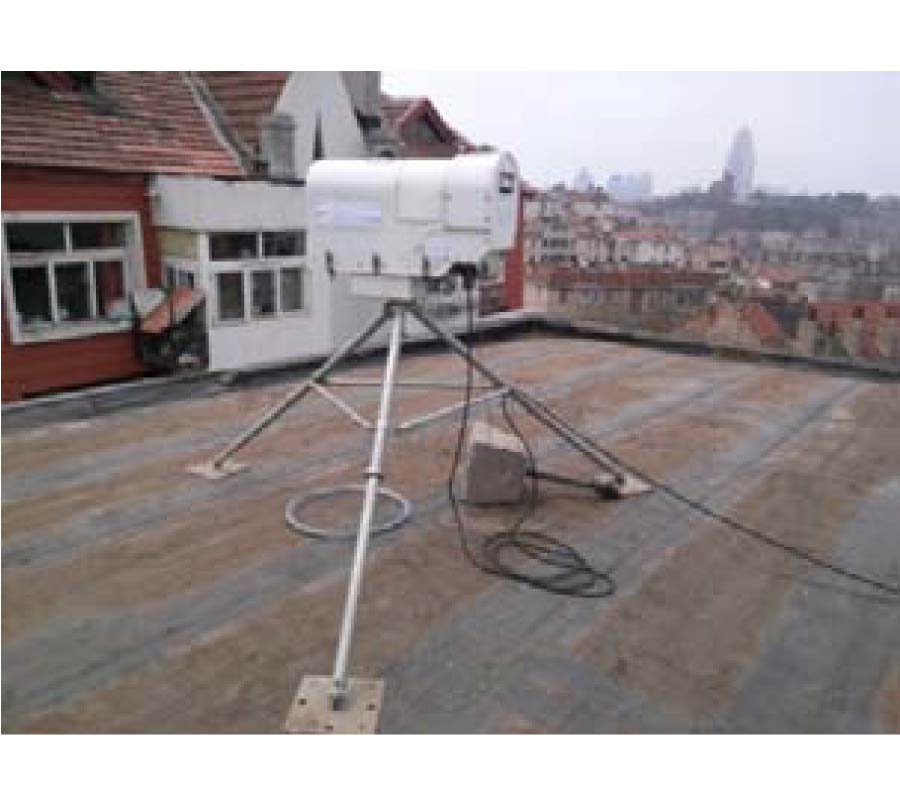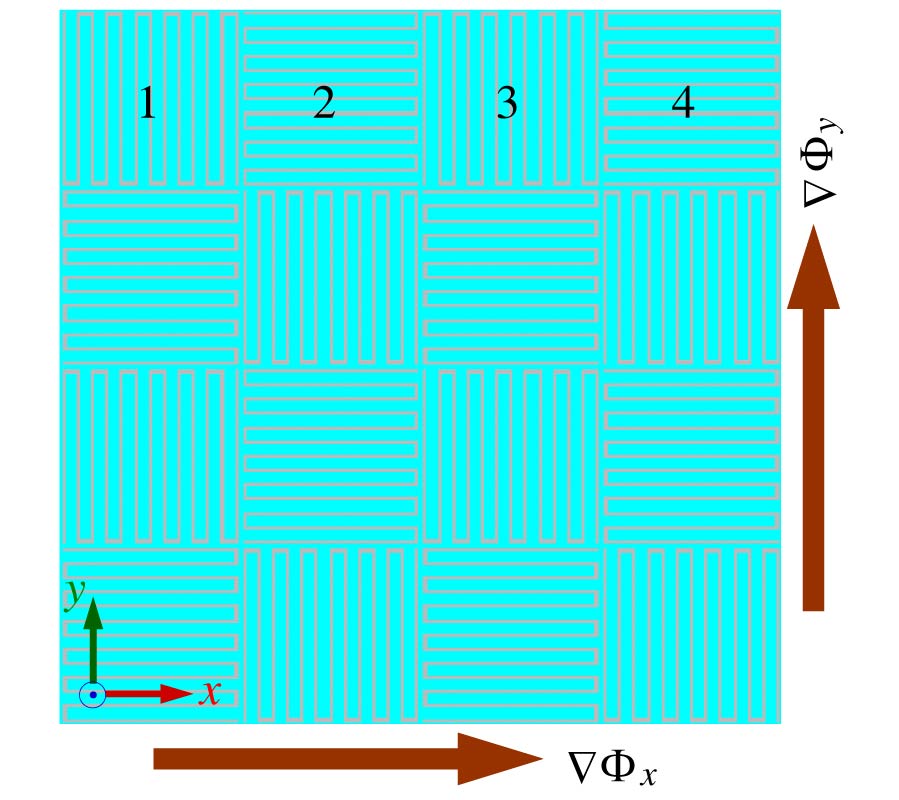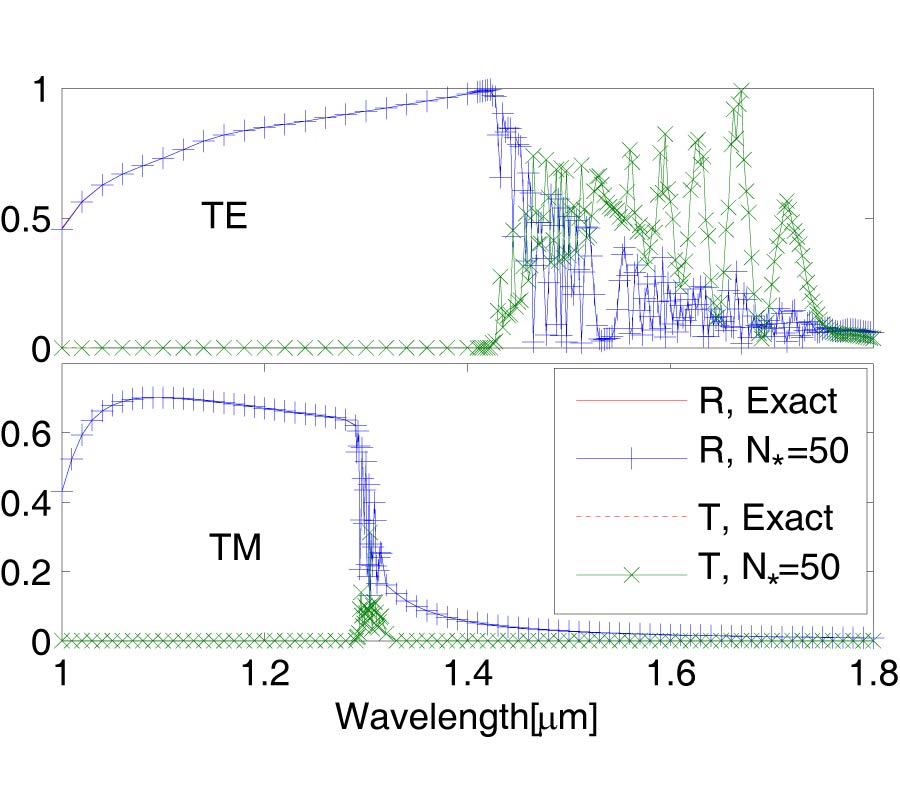Properties of Airy-Gauss Beams in the Fractional Fourier Transform Plane
Yimin Zhou,
Guoquan Zhou and
Guoyun Ru
An analytical expression of an Airy-Gauss beam passing through a fractional Fourier transform (FRFT) system is derived. The normalized intensity distribution, phase distribution, centre of gravity, effective beam size, linear momentum, and kurtosis parameter of the Airy-Gauss beam are demonstrated in FRFT plane, respectively. The influence of the fractional order p on the normalized intensity distribution, phase distribution, centre of gravity, effective beam size, linear momentum, and kurtosis parameter of the Airy-Gauss beam are examined in FRFT plane. The fractional order p controls the normalized intensity distribution, phase distribution, centre of gravity, effective beam size, linear momentum, and kurtosis parameter. The period of the normalized intensity, phase, and centre of gravity versus the fractional order p is 4. The period of effective beam size, linear momentum, and kurtosis parameter versus the fractional order p is 2. The periodic behaviors of the normalized intensity distribution, phase distribution, centre of gravity, effective beam size, linear momentum, and kurtosis parameter can bring novel applications such as optical switch, optical micromanipulation, and optical image processing.
